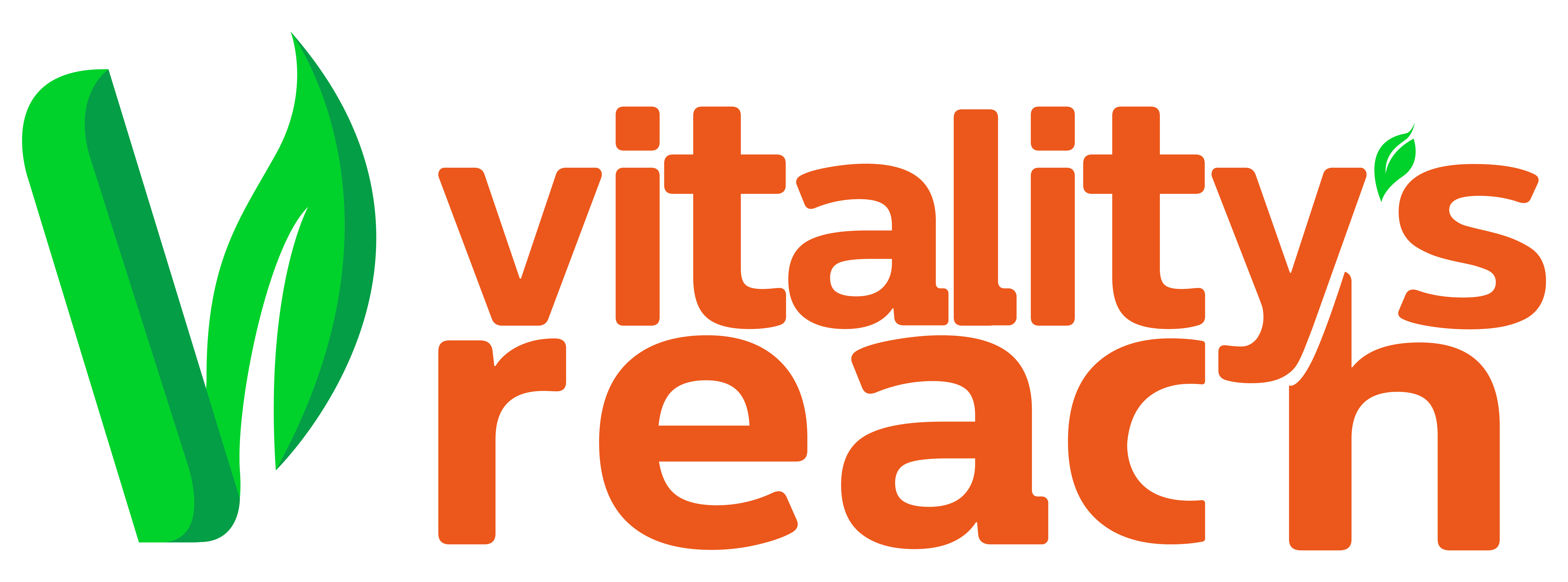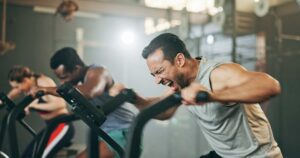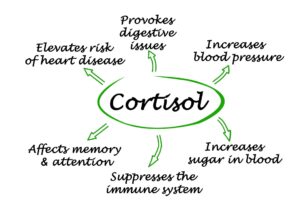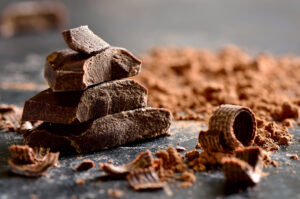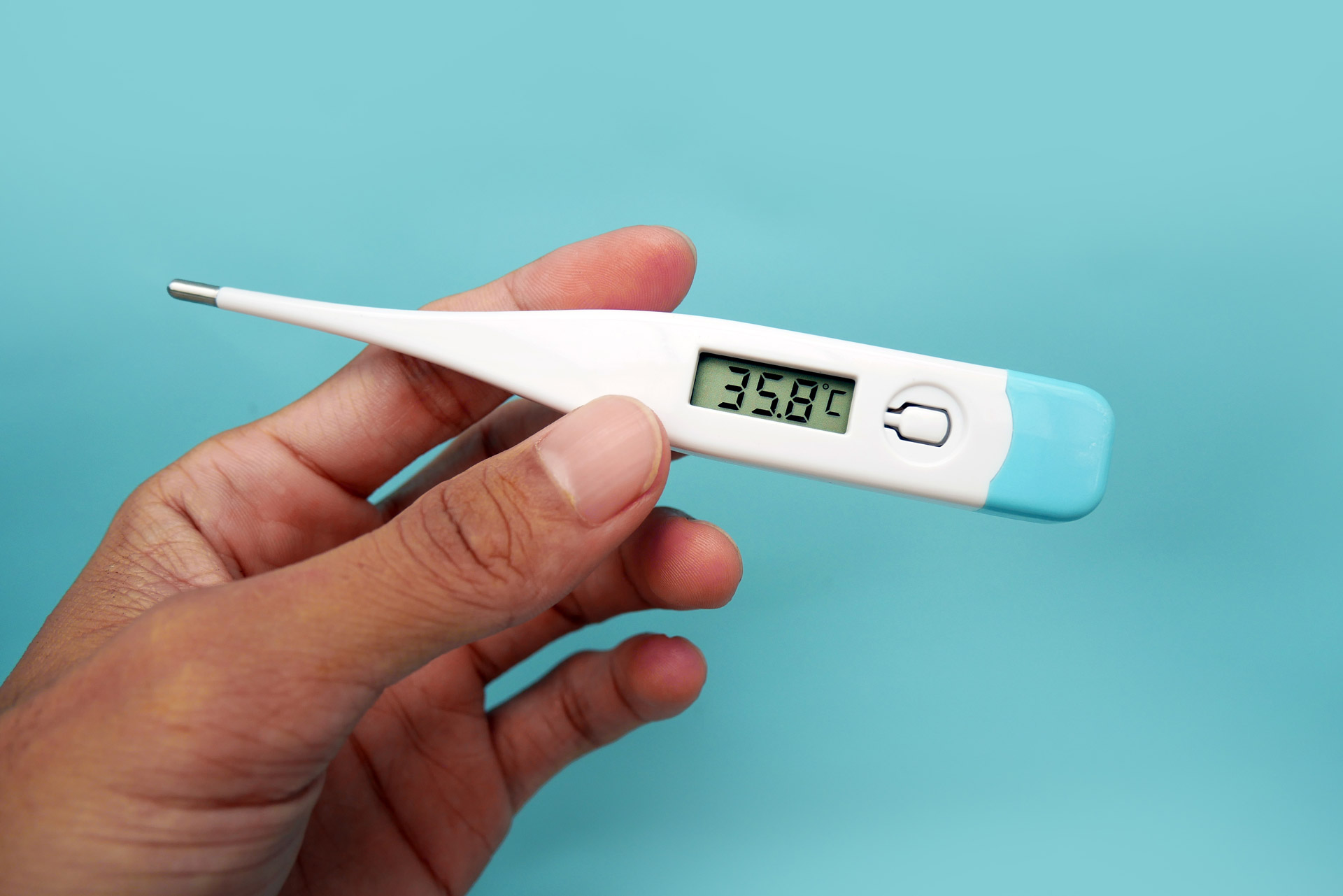
Why do I get clients to track temperature?
No, I don’t want them to have flash backs of the Janeway.
Temperature is one of the 4 vital signs. The other 3 are pulse rate, breathing rate and blood pressure.
Tracking temperature and pulse will give a great indication how the machinery is working.
It’s truly an expression of what is happening on a chemical level – your metabolism.
Your metabolism represents what’s happening on an cellular level. When metabolism is working effectively then the cells receive and produce energy, so the structure and function work optimally. What does that mean?
This means you maintain normal temps, heal quickly from injury, digest food efficiently, and are healthy and vibrant.
Most of you reading this will have a copy of the temperature chart and have done some self tests.
What to do if temps are consistently below 97.8 F and 36.6 Celsius?
If the temps are just below that number occasionally and other factors (pulse, energy, warm extremities, resiliency are good) then keep doing what you are doing . Possibly some minor adjustments to lifestyle.
Pulse is something I omitted on the chart intentionally. These topics can feel like drinking water through a firehouse.
Contrary to popular belief a low heart rate is not ideal.
Ever notice how the elderly have slower heart rates and lower body temps? That’s not a coincidence.
You want to keep resting heart rate roughly 75-85 bpm. Make sure you have been seated about 5 minutes before taking pulse.
Taking pulse with temperature gives much insight into what the body is doing physiologically. this shouldn’t be surprising considering pulse and temps are part of any vital signs assessment in hospital.
Lets take an example. You wake up and before brushing teeth or eating and you take pulse and heart rate.
The pulse says 95 bpm and temperature is 97.0 F. 30 minutes after you eat your pulse drops and temperature goes up. What does this represent? This represents someone who has high adrenaline and the food has now suppressed the adrenaline. It’s common for many to reach for sweets and/or salt when under stress.
This is not cultural.
Its a physiological response to lower adrenaline. Your body is looking to self regulate.
This is a person who usually has trouble sleeping and/or wakes early and can’t back to sleep.
They also seem to never be warm. Heater under their desk, heat set on cremate and while you have a short sleeve shirt on they have a wool sweater and complain about the cold temps.
They are also fragile. The slightest disturbance in daily routines puts them in a tailspin.
Keeping temps closer to normal through external means will help. Wearing socks to bed, heating pads, hot baths, warm drinks, adding coconut oil, heat/sun lamps when the weather is dreary.
These extrinsic measures can help.
Eating foods that are synergistic with a robust metabolism and avoiding ones that are antagonistic are proactive measures.
